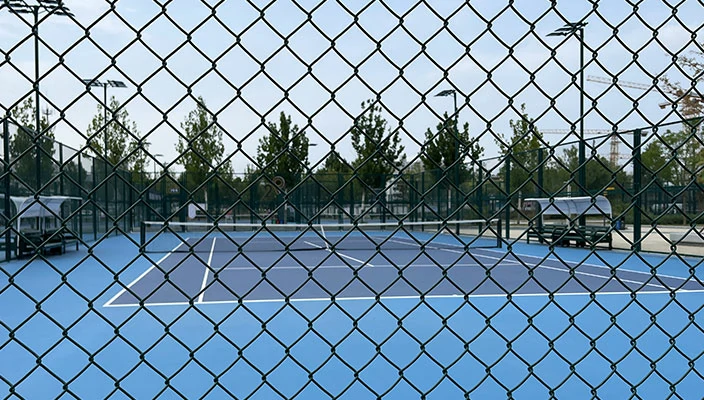Factors Influencing the Cost of Fencing Wire per Kilogram in Today's Market
The Cost of Fencing Wire per Kilogram A Comprehensive Overview
Fencing wire is an essential material used in various applications, from agricultural fencing to security barriers. The demand for fencing wire has increased over the years due to the growing need for security and the management of livestock. One of the crucial factors in selecting the right type of fencing wire is its cost, which is typically measured per kilogram. Understanding the cost dynamics of fencing wire can help consumers and businesses make informed purchasing decisions.
Factors Affecting Fencing Wire Costs
1. Type of Wire The cost of fencing wire can vary significantly based on the type of material used. Common materials include galvanized steel, stainless steel, and aluminum. Galvanized wire, which is coated with a layer of zinc to prevent rust, is the most commonly used due to its durability and relatively low cost. Stainless steel wire, while more expensive, offers excellent corrosion resistance and is ideal for environments where longevity is crucial. Aluminum wire, on the other hand, is lightweight and resistant to rust but may not provide the same strength as steel options. The choice of material will directly influence the cost per kilogram.
2. Wire Gauge The thickness of the wire, measured in gauge, impacts both the strength and cost of the fencing. Generally, a lower gauge number indicates a thicker wire, which can also mean a higher price per kilogram. For example, heavier gauge wire may be necessary for security purposes or for containing larger livestock, while lighter gauge wire may suffice for smaller animals or as temporary fencing solutions.
3. Market Trends and Demand The fencing wire market is influenced by broader economic trends and demand fluctuations. The construction industry, agriculture, and even DIY home improvement projects can lead to spikes in demand, affecting prices. Furthermore, inflation and changes in raw material costs, such as steel prices, can contribute to overall price changes for fencing wire.
fencing wire cost per kg

4. Manufacturing and Shipping Costs The cost of producing fencing wire, including the costs associated with raw materials, labor, and energy, plays a significant role in determining the market price. Additionally, shipping costs, especially for bulk orders, can affect the final cost per kilogram. Increased fuel prices can lead to higher transportation costs, which ultimately get passed down to the consumer.
Comparing Costs
When comparing fencing wire costs, it is essential to look beyond the simple price per kilogram. Buyers should consider factors such as longevity, maintenance needs, and suitability for their specific application. For instance, while a cheaper wire might initially seem attractive, it may require more frequent replacements or repairs, leading to higher long-term costs.
Conclusion
In summary, the cost of fencing wire per kilogram can vary widely based on several factors, including the type of material, wire gauge, market trends, and manufacturing logistics. By understanding these factors, consumers and businesses alike can make more informed decisions when purchasing fencing wire. Whether for agricultural, security, or household purposes, evaluating the true value of fencing wire goes beyond mere price—it requires consideration of durability, effectiveness, and overall cost of ownership. Investing in the right type of fencing wire can provide peace of mind and long-term benefits that far outweigh the initial costs.
-
Innovations in Razor Barbed Wire Design TechnologyNewsAug.11,2025
-
Roofing Nail Compatibility with Different Metal Roof TypesNewsAug.11,2025
-
Welded Wire Mesh for Rockfall Protection BarriersNewsAug.11,2025
-
Galvanized Wire Corrosion Resistance TestingNewsAug.11,2025
-
3D Fence Solutions Preventing Bird CollisionsNewsAug.11,2025
-
Using Chain Link Fence for Urban Garden SupportNewsAug.11,2025




